Chanterelles /Cantharellus cibarius/ are a type of fungus. It is widespread in much of North America and Europe, and its variants are found even in Asia and Africa.
The cap of chanterelle is initially convex, and later is concave in funnel shape. Diameter reaches 5 to 10 cm, is rugged and undulating, with bent-up edges. Chanterelle’s surface is smooth and dry, wrinkled with a pale yellow-orange color.
Instead of blades, the bottom of the sponge is thick, low, stripped and fused to the stalk. The stalk is tough and thick, tapering at the bottom and is often unusually close to the cap. Its thickness is 1-2 cm and reaches 6-7 cm height.
Types of chanterelles
Meadow Chanterelle /Camarophyllus pratensis/ - in the young state has a bell- like form, but during development it goes flat with marked caving. Reaches 7 cm diameter, color varies between orange and ocher. Cap has an edge that is straight and thin. The skin is dry, smooth and bare, but very often cracked on top. Slit are rare and large, in most cases are associated with veins. The stalk of Montagu chanterelle is elongated and the base is narrower. It is smooth and tight in juveniles and older ones are naked and hollow, with a lighter color than the cap. The fungus is found throughout forests, pastures and meadows in the months of August to November.
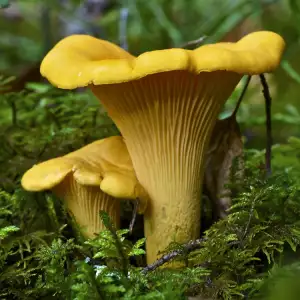
Autumn chanterelles /Pleurotus eryngii/ - is known as wind chasing mushroom. There is a cap that can be convex, slightly concave or flat. Most often, it’s a shape resembling a fan. The color of autumn chanterelles varies from light to brown or khaki. Diameter increases from 2 to 10 cm meat is soft and white, with a slight aroma and taste. The mushroom has slats that run down the stalk. Spore powder is white. Autumn chanterelles grow from May to November, met in pastures and meadows.
Plain chanterelles - the meat is thick and slightly tough, with slightly sweet flavor that is reminiscent of fresh apricots. Its color is white to yellow. You can find the mushroom in coniferous and deciduous forests, along forest roads and along deserted small paths. It occurs from early summer to late autumn.
Collection and storage of chanterelles
Mushrooms are best collected early in the morning before the dew has risen. However, collection for the rest of the day does not affect the taste in any way. Chanterelle is one of the most enduring mushrooms- can last up to 10 days in the fridge.
Chanterelles in cooking
Chanterelle is a delicious edible mushroom. It is therefore highly prized in cooking to prepare various dishes. Goes very well combined with eggs, cheese and various meats. It can be made into omelette with just a few eggs.
Chanterelle is prepared by baking, boiling or steaming. Note that is a little hard sponge, requires longer cooking.
We offer a very quick and tasty recipe with chanterelles.
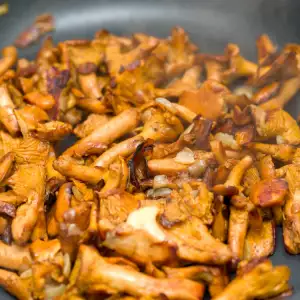
Ingredients: 300g fresh chanterelles, 2 tablespoons olive oil, 2 sprigs fresh garlic, 2 sprigs of dill, salt and pepper to taste, 100 g cream.
Preparation: The mushrooms are cleaned and cut. The fat is heated and placed in the mushrooms for about 15 minutes. Then add a cup of water and boil them again. Add the cream and a little chopped garlic. Turn off the heat and season to taste with dill, salt and pepper.
Chanterelle is suitable for canning and drying. Dry in the open without any further processing. Before using dried chanterelles, best soak them in cold water for about 1 hour. Thus they will regain their form and color.
The substance that causes the fragrance of the fungus is unknown. It is believed that chanterelles have no special properties for the human body, but are much loved for their pleasant taste.
Dangers of Chanterelles
Chanterelles can easily be confused in appearance with the strong bitter poison Omphalotus olearius. However, the two differ in place of growth - chanterelles grow only on soils while the other si found on rotting hardwood.
Another double of chanterelles, which occurs throughout North America and Europe is a false orange chanterelle. This species is not highly poisonous and the only consequence is a dish with bad taste, but the focus should be on the lookout. Both listed counterparts of chanterelles have plates, while the real mushroom has wrinkles that resemble plates.
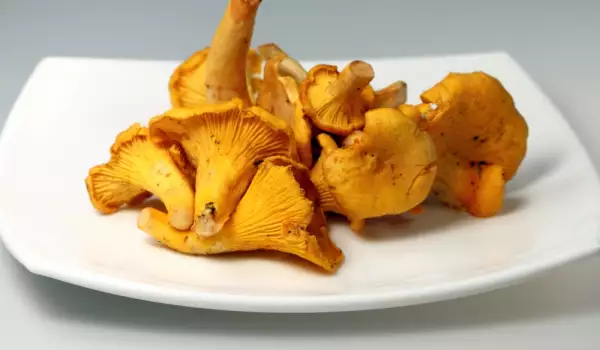

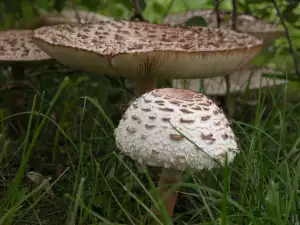
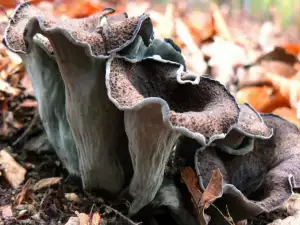
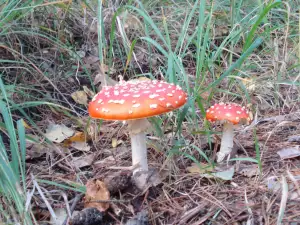
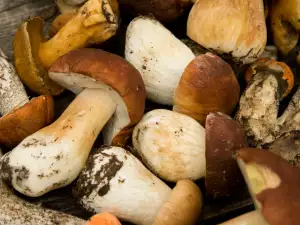
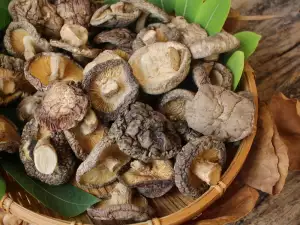
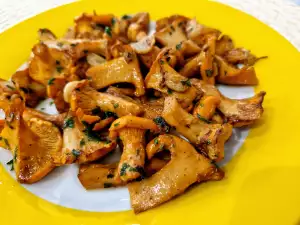
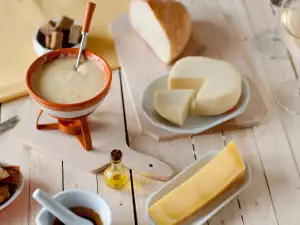
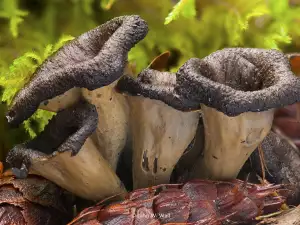




Comments